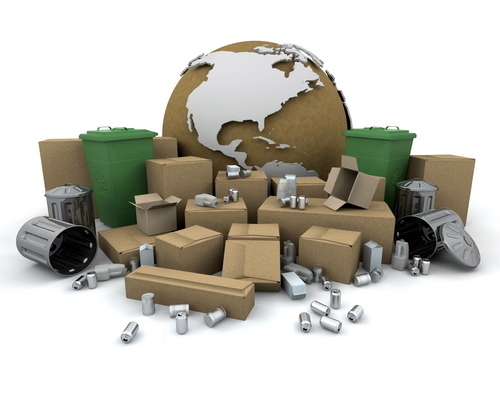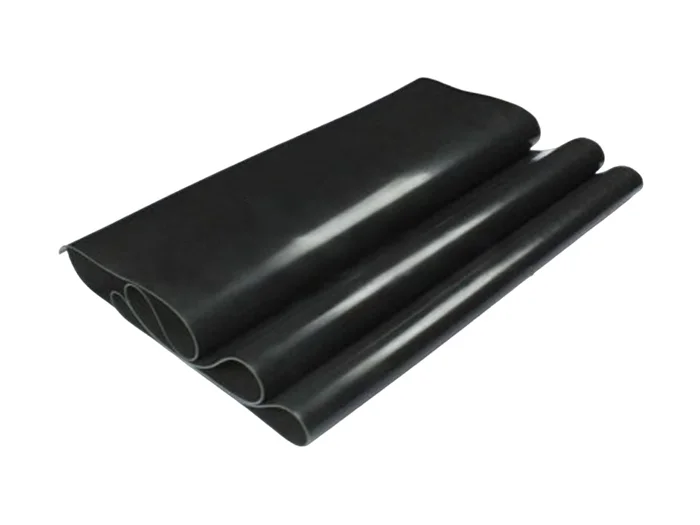Eco-Friendly Packaging: A Comprehensive Guide to Making Sustainable Choices
2 min read
In today's world, where environmental concerns are at the forefront, choosing eco-friendly packaging has become a crucial decision for businesses and consumers alike. Sustainable packaging not only reduces the impact on the environment but also reflects a company's commitment to responsible practices. In this blog post, we will explore the various factors to consider when choosing eco-friendly packaging and provide practical tips for making sustainable choices.
- Material Selection:
The choice of packaging material plays a significant role in determining its eco-friendliness. Opt for materials that are renewable, recyclable, and biodegradable. Some popular options include recycled paper, cardboard, bioplastics, and plant-based materials. Avoid using single-use plastics and materials that are difficult to recycle or dispose of properly. - Minimalism and Efficiency:
Efficient use of packaging materials not only reduces waste but also minimizes the overall environmental impact. Consider using minimalist designs that eliminate unnecessary layers or components. Right-sizing packaging to fit the product snugly can also help reduce material usage and transportation costs. - Life Cycle Assessment:
Performing a life cycle assessment (LCA) of the packaging can provide valuable insights into its environmental impact. This assessment evaluates the entire life cycle of the packaging, from raw material extraction to disposal. Look for LCAs conducted by reputable organizations or consult with packaging experts to make informed decisions. - Recyclability and Compostability:
Ensure that the packaging materials are easily recyclable or compostable. Look for recycling symbols or certifications such as the Forest Stewardship Council (FSC) certification for paper-based packaging. Compostable packaging, especially for food products, can help divert waste from landfills and contribute to a circular economy. - Innovative Alternatives:
Stay updated with the latest advancements in eco-friendly packaging. Explore innovative alternatives such as mushroom-based packaging, seaweed-based films, or even edible packaging. These alternatives offer exciting possibilities for reducing waste and environmental impact. - Consumer Education and Communication:
Educate consumers about the importance of eco-friendly packaging and how to dispose of it properly. Clearly communicate the sustainability features of your packaging through labeling or marketing materials. Transparent communication builds trust and encourages consumers to make environmentally conscious choices.
Conclusion:
Choosing eco-friendly packaging is a critical step towards sustainable business practices and reducing environmental impact. By considering factors such as material selection, efficiency, recyclability, and consumer education, businesses can make informed decisions that align with their sustainability goals. Embracing innovative alternatives and staying updated with industry advancements will further contribute to a greener future. Let's strive for eco-friendly packaging solutions that protect our planet for generations to come.


